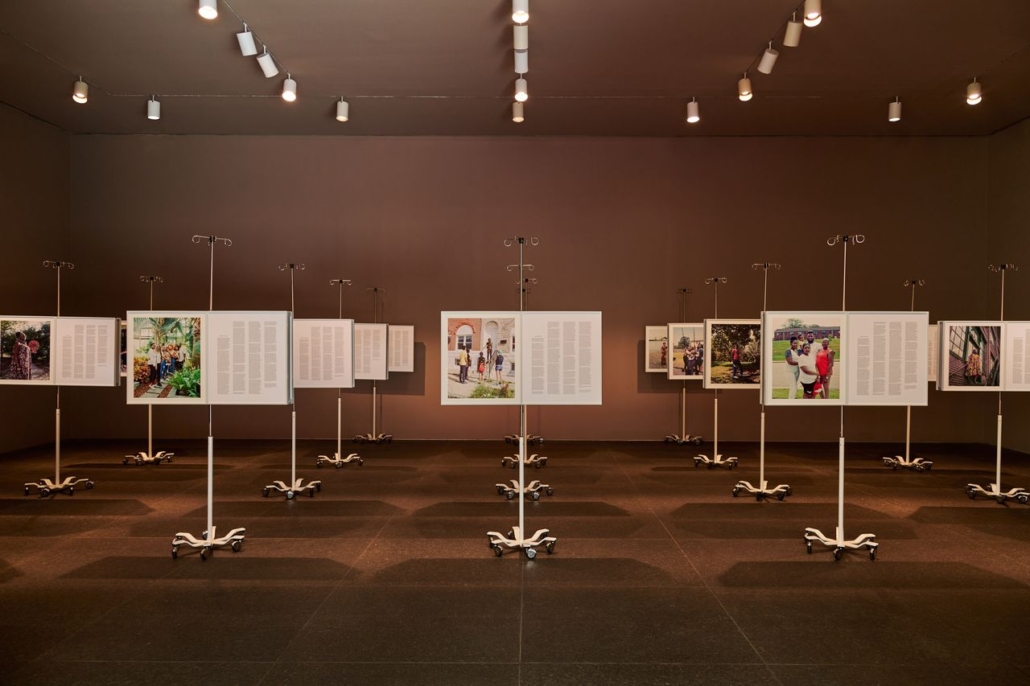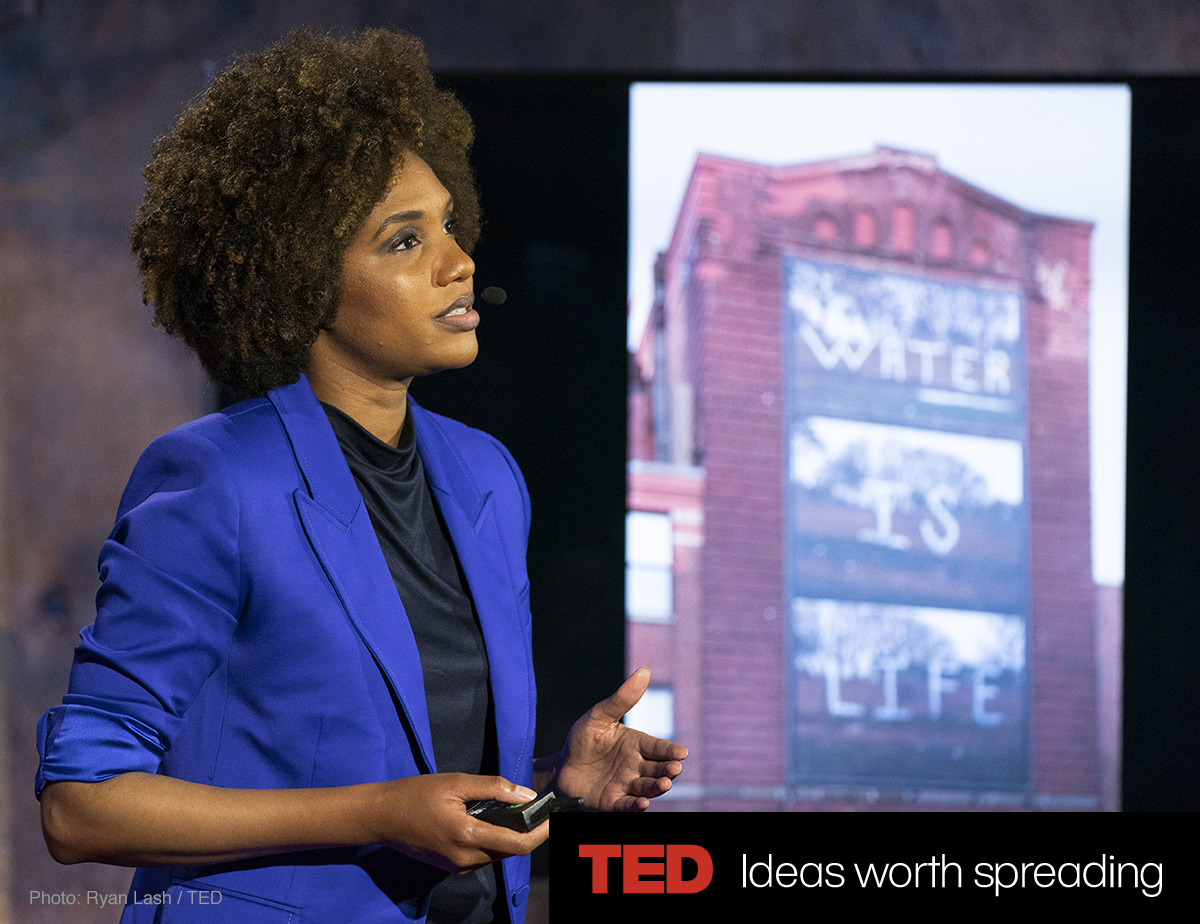Carnegie Museum of Art’s somber 58th International is brightened by compassion, breadth, humanitarian spirit
Cleveland.com
By Steven Litt
PITTSBURGH, Pennsylvania — It’s big, it’s sprawling, it’s relentless, and at times, it’s vexing, gross, disturbing, and tiresome in the often anti-American politics espoused by its artists.
Forget all of that. Go and see the 58th Carnegie International at the Carnegie Museum of Art. The show’s flaws and shortcomings are more than made up for through the sheer exhilarating sweep of the work on view, the breadth of viewpoints on display, and the underlying decency of its humanitarian spirit.
Established in 1895 by industrial tycoon Andrew Carnegie, the museum aimed to put Pittsburgh on the map for global art as well as steel. Carnegie conceived the international, inaugurated in 1896, as an annual survey from which the museum would acquire works and build its collection.
Held every three to five years since 1982, the show is North America’s longest-running exhibition of international contemporary art.
This year’s iteration, the first since 2018, is titled “Is it Morning for You Yet?’’ — a clever way to convey the idea of a de-centered globe in which all perspectives are fundamentally local.
Organized by a team led by Sohrab Mohebbi, a native of Iran named last year as director of the SculptureCenter in New York, the show surveys work by more than 100 artists from around the world. A precise count is tricky because the exhibition includes large batches of work from several collectives and overseas collections, each of which constitutes an exhibition within the exhibition. It’s like a geode cracked open with facets within facets.
These internal shows include a collection of Iranian art produced by artists working under the country’s repressive Islamic regime and selections from a museum of modern and contemporary Chilean art launched in 1971 when Salvador Allende was elected as the country’s first Socialist president.
The big ideas
The main thrust of this year’s International is to dethrone the United States and Europe as epicenters of culture and to elevate and promote viewpoints from countries adversely affected by American power, or by global power in general.
Overall, the mood is somber and grim, especially in the show’s major site-specific installations, all commissioned for the exhibition.
[…]

Sense of place
Critics have noted that the International has little to do with Pittsburgh and the surrounding region. Despite its global scope, it doesn’t bring its viewpoint back home to show how the trends it explores relate to the U.S.
The one outstanding exception is an installation by Chicago-based photographer LaToya Ruby Frazier, a native of the industrial Pittsburgh suburb of Braddock, located just upstream along the Monongahela River.
Commissioned by the International, Frazier made a “monument’’ in 2021 consisting of photographic portraits and transcribed interviews depicting community health workers, clergy, and doctors in Baltimore who performed outreach services across the city during a critical phase in the COVID-19 pandemic.
Produced in collaboration with Frazier’s subjects, the photographs are pervaded by compassion for essential workers on the front lines. The accompanying interviews give the installation weight and personal impact.
Alas, the vast amount of text in the accompanying interviews makes it difficult to grasp the work in its entirety within a two- or even three-hour visit, given the enormous amount of art on display throughout the show. Frazier’s piece should be published as a book.
Given its heft, It’s no surprise that the installation earned Frazier the Carnegie Prize, the show’s top award. Her work links the global and the local, giving the 58th International a rock-solid point of connection between the show’s broader themes and an American community similar to Pittsburgh.
It’s a shame there isn’t more work like it in the exhibition. The International’s vast scope is thrilling. It would have benefited from having just a bit more of a sense of place to anchor it more firmly in the community that’s hosting it.
Courtesy of: Cleveland.com

